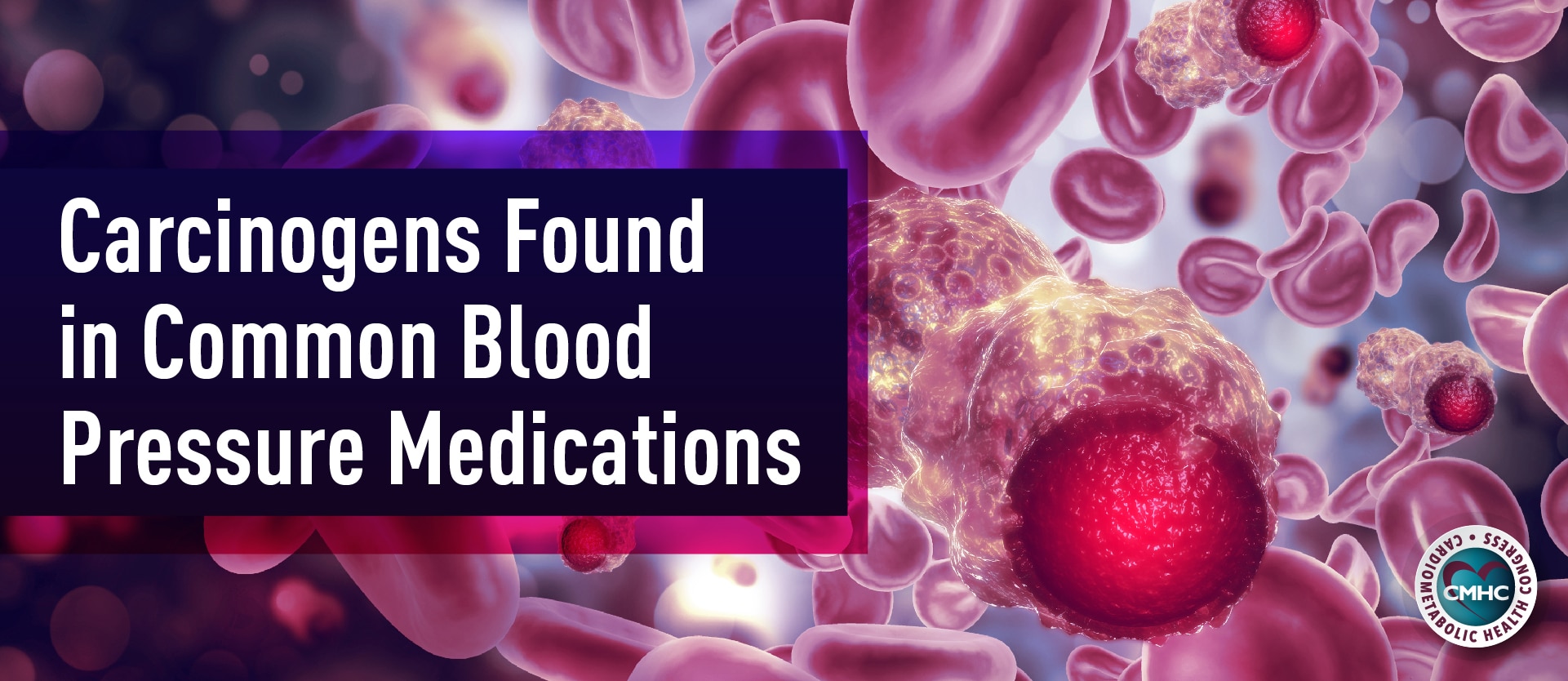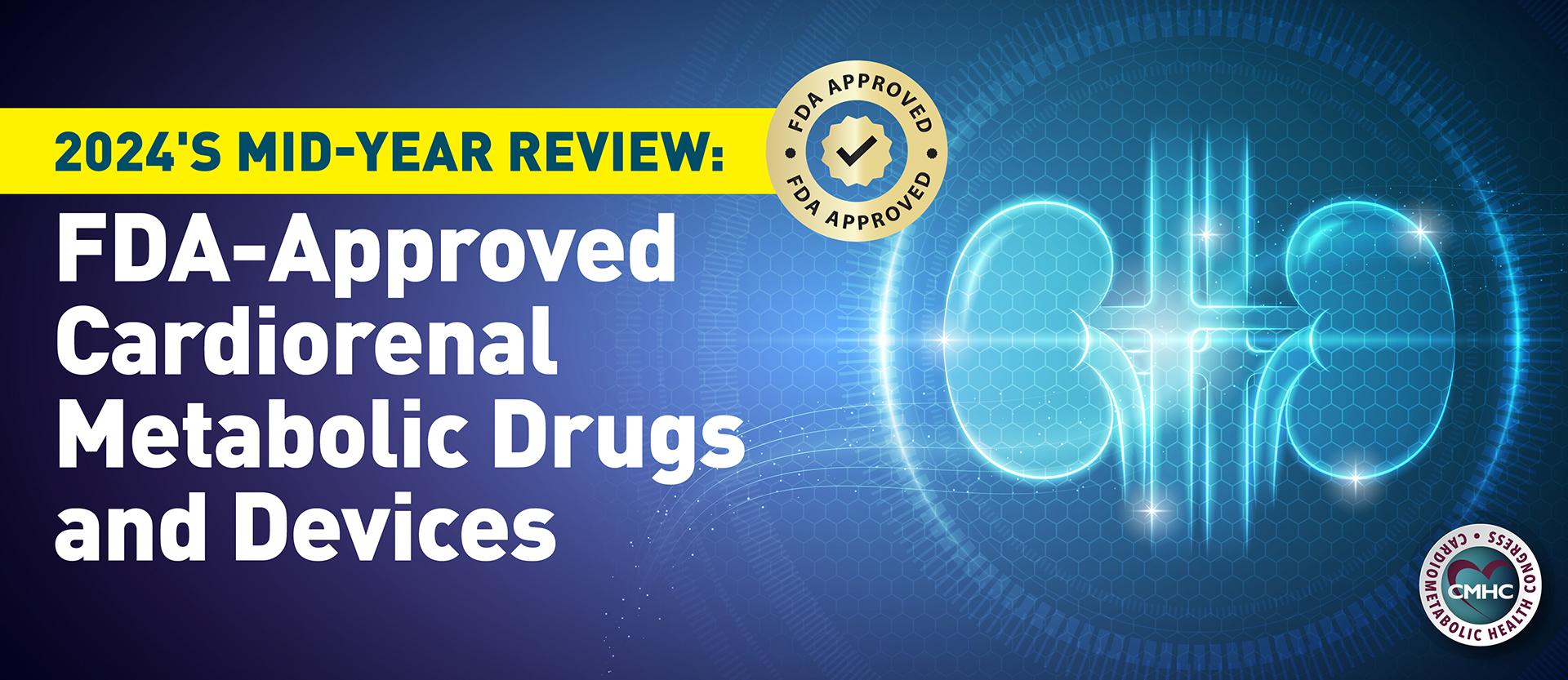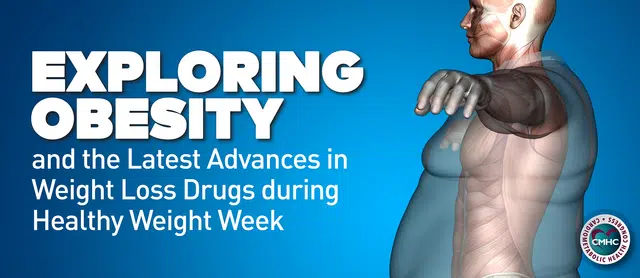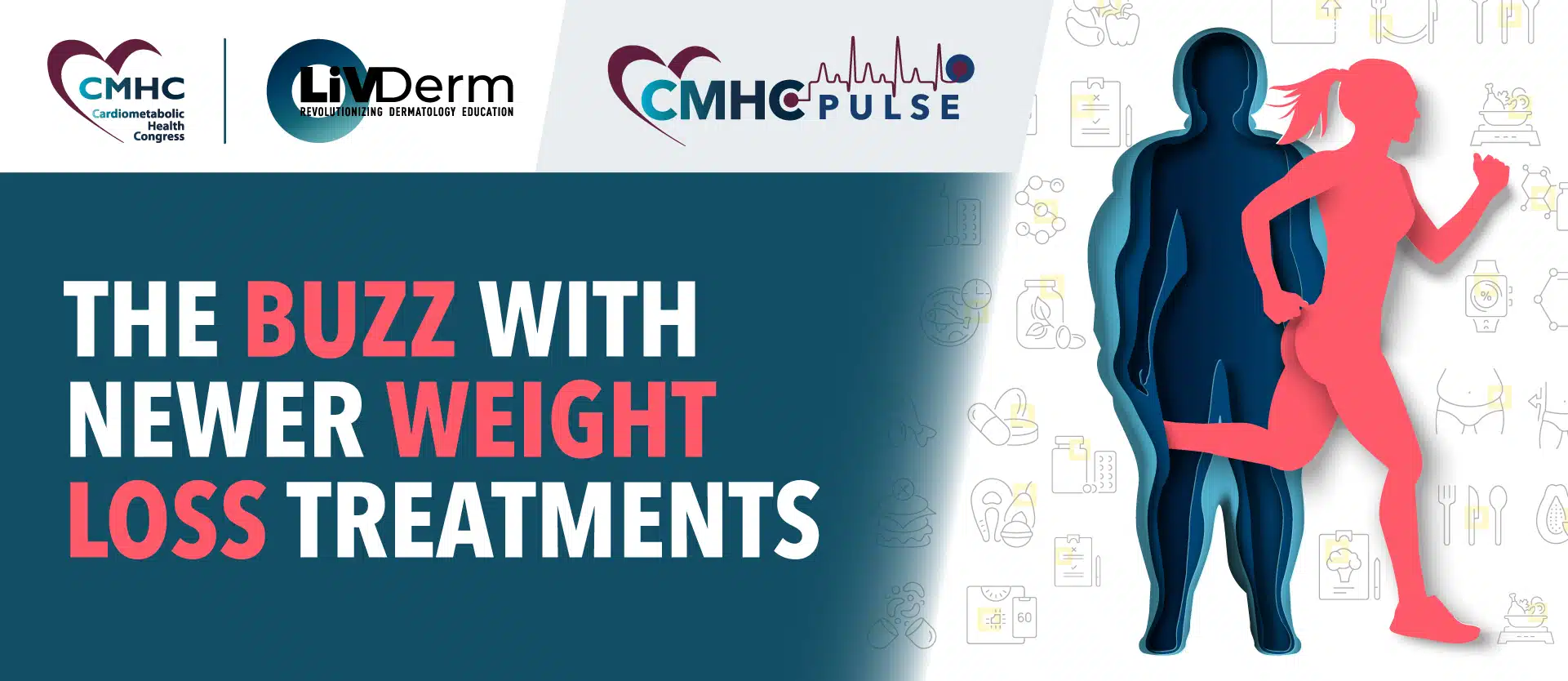The chemical N-Nitrosodimethylamine, also referred to as NDMA, is a noxious, odorless compound that dissolves in water. It has been found to cause cancer in animals and potentially even humans, most commonly having detrimental effects on the liver. NDMA can mutate cells and stimulate tumor growth in mice at the very low dose of only a milligram, while 2 grams can kill a person within days of contamination. Once present in rocket fuel, the chemical can still be found in tobacco smoke, cured meat, and even drinking water. Although the FDA has deemed it “reasonably safe” to consume a microgram of NDMA per day, significantly larger amounts have recently been discovered in several generic medications available today.
In July 2018, the FDA announced that it found NDMA in the widely used blood-pressure medication valsartan, and began a recall of drugs from three major pharmaceutical companies. Since then, the recall has been expanded to include two other medications – irbesartan and losartan – manufactured by a minimum of ten other large-scale companies. Millions of people in a total 30 countries could have been potentially placed at risk. According to expert estimates, some of the contaminated valsartan contains as much as 17 micrograms of NDMA in one pill – or the equivalent of eating 48 pounds of bacon. Per the FDA’s appraisal, the presence of NDMA in a daily medication such as valsartan has increased the risk of cancer occurrence by 1 case per 8,000 patients. Some argue these estimates are overly conservative, citing 1 potential case per 3,000 patients.
The current FDA approval process for new drugs is rigorous, including the need for clinical trials in humans conducted over several years and on a large scale to determine whether a drug is safe and effective. However, the overwhelming majority of medications prescribed to patients in the United States are generics – cheaper products with the same mechanisms of action but evaluated under much less scrutiny. In addition, at least 80% of active pharmaceutical ingredients – often not disclosed to patients – are produced in China and India using raw materials with unknown sources of origin. Meanwhile, the FDA investigates less than 1% of drugs for impurities or potency before they are allowed to enter the country and surveillance inspections of overseas factories have declined in recent years.
Poor Manufacturer Regulation Standards
The first manufacturer to have NDMA in its valsartan products was the China-based company Huahai – it was also the one with the highest concentration of the compound in its medication. According to an investigation conducted by Bloomberg Businessweek, improper safety procedures and a lack of concern with contaminated products were long present within Huahai practices. It was only after NDMA was discovered in another company’s – a customer of Huahai – product that the FDA began looking into the issue, demanding manufacturers test their valsartan for the contaminant.
Valsartan and What Else?
The major valsartan recall has elucidated worrisome quality-control problems permeating the generic drug industry, which undoubtably extend beyond the lapses currently known. Experts believe there may be many more contaminated medications being used, their potentially noxious ingredients going undetected still. Further evidence comes in the form of the recent Zantac and its generics recall – on the basis of NDMA detection – which triggered deeper investigation into pharmaceutical industry regulation standards.
While the FDA’s drug approval process is based on extensive testing of medications, the system for generics relies on trust in manufacturers – whose primary concern is cost-efficiency not patient safety. In the case of the wide-scale valsartan recall, the responsibility falls on Huahai and other drug manufacturers who must conduct their own safety control, following regulatory protocols to ensure impurities do not make it into the generic drug supply. Furthermore, as other inspections of factories involved in the blood-pressure medication recall have revealed more contamination, the FDA is beginning to implement stricter punitive measures on companies who exhibit evidence of dangerous practices and is considering updating its approval-granting protocols.
There is a growing concern among medical professionals and their patients about the safety of prescribed medications; one that the pharmaceutical industry and its regulatory bodies cannot ignore further. The lenience of testing procedures for generic medications requires re-evaluation, as manufacturers may not always be trusted with catching impurities, while the FDA currently rarely inspects drugs entering the United States. As awareness of the issue spreads, lawsuits against valsartan manufacturers by patients who took the drug from 2015 to 2018 are on the rise. Although there is no trial date yet, there are potentially thousands of claims related to the tainted medication from people with liver, stomach, small intestinal, colon, esophageal, or kidney cancer.
Over the course of the next year, the American Medical Association is set to assess the current protocols regarding the safety of the country’s drug supply. Improving the quality of imported drugs, implementing more rigorous testing procedures for generic medications, and most importantly, ensuring medication is safe for patient use is of utmost importance at this time.


















